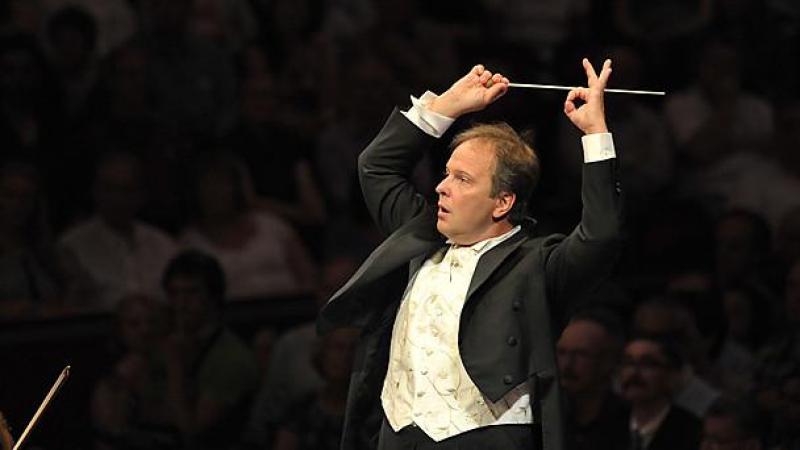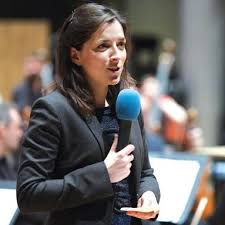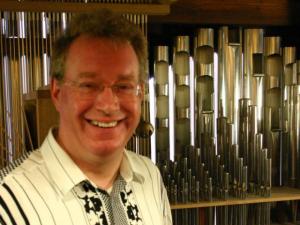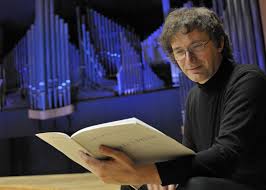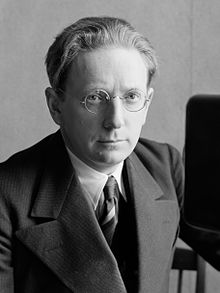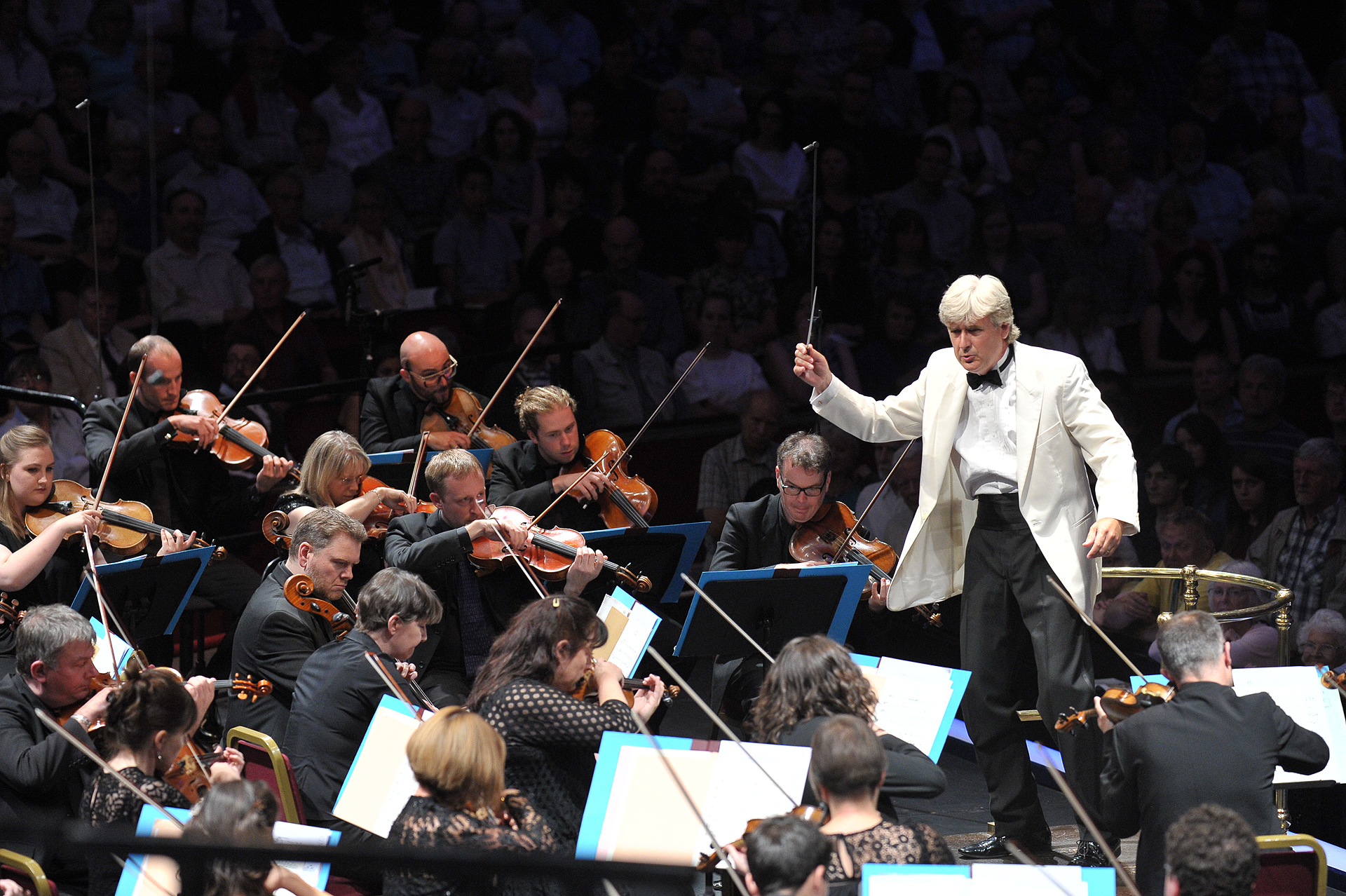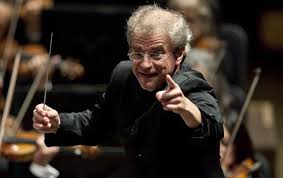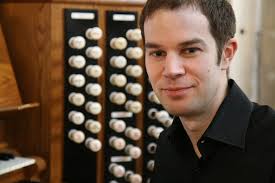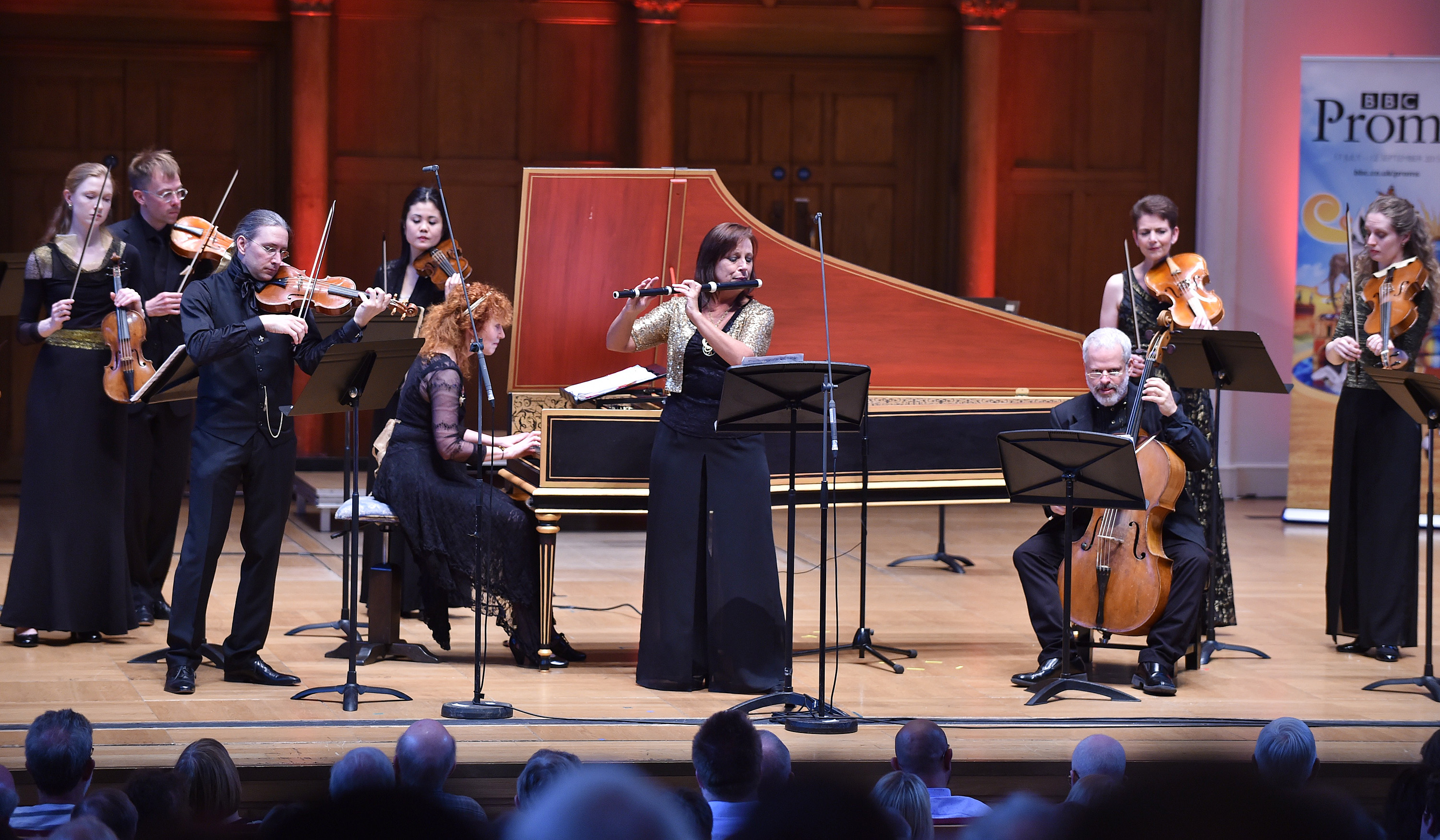THE ST PAUL’S GEM
TIMOTHY WAKERELL, Drake organ in the OBE Chapel, St Paul’s Cathedral, London
PRIORY PRCD 1130
This recording celebrates William Drake’s last complete new instrument, built in 2012. The organ incorporates elements which hark back to the instrument built for the cathedral by Smith c.1703.
Much of the programme on this CD features music of around that time, including pieces by Buxtehude, Bohm & Bach as well as earlier music from John Bull & Sweelinck. The two longest works are JS Bach’s Toccata & Fugue in F (BWV540) & CPE Bach’s Sonata in F. There are also later works by Brahms, Gade & Saint-Saens. A wonderful programme to introduce this new organ.
HOLST – THE PLANETS / ST PAUL’S SUITE
SIMON JOHNSON, organ of St Paul’s Cathedral, London
PRIORY PRCD1144
This recording was also made at St Paul’s, but this time on the cathedral’s main organ. I have a love/hate relationship with large-scale transcriptions – appreciating and enjoying some and wondering why some others have been attempted. I have very much enjoyed this disc which couples Peter Sykes’ arrangement of The Planets with Simon Johnson’s own transcription of the St Paul’s Suite. For The Planets he says, “The organ of St Paul’s was, of course, a willing partner and the notorious acoustic- so often the cause of debate in relation to musical performances- seems to help project the scale and metaphysical properties of Holst’s original conception in a positive dramatic way” The cathedral choristers add their voices to the final movement, Neptune, bringing this work to a suitably mystical end. The organist describes his work in translating the St Paul’s Suite for the organ as the” reverse of reducing a massive score”. It provides an apt and contrasting accompaniment to the main work. This is a thrilling CD!
BRAVURA!
FRANCESCA MASSEY, organ of Durham Cathedral
PRIORY PRCD 1137
This is a very enjoyable programme of twentieth century works from Britain, France & Scandinavia given by the current assistant organist at Durham. Francesca Massey uses the cathedral organ to great effect in performing this mostly unfamiliar repertoire. Opening with a substantial Fantasia by York Bowen, with the two other large works being Messiaen’s Diptyque and Matthias’ Variations on a hymn tune (based on the Welsh tune, Braint). Dupre’s Prelude & Fugue in F minor features alongside works by Lindberg, Alain, Hovland and ending with Empyrean by the organist’s former teacher, Francis Pott.
GREAT EUROPEAN ORGANS Nos. 94 & 96
MARCO LO MUSCIO, organs of Stadtpfarrkirche, Maria Himmelfahrt, Landsberg am Lech, Germany
PRIORY PRCD 1124
St Bernard’s Church, Baden-Baden, Germany PRIORY PRCD 1125
These two recordings both contain a highly eclectic mix, each making up a very interesting programme. The Italian organist’s interests and musical tastes are obviously wide ranging and serve to show off these two unfamiliar organs to great effect.
Both CDs include a number of short 17th/ early 18th Century pieces, from composers such as Hanff, Kneller, Hass, Buxtehude and JS Bach. The second CD also includes a slightly longer piece by JC Rinck.
Both discs include music from the organist’s own hand as well as substantial works by the contemporary composer Andreas Willscher (Variations on a theme by Paganini (1st CD) Prelude, Choral & Variations on Greensleeves (2nd CD). I particularly enjoyed the inclusion on each disc of music by keyboard virtuoso Rick Wakeman (Neogothic-Catherine Parr (CD 1) & Judas Iscariot (CD 2)). Other rarities include music by Distler, Part, Buttstett & Orff and a variation on a Bach Prelude by Steve Hackett, Horizons.
These two CDs include so much of interest but each also makes for a very enjoyable listening experience in its own right. I look forward to further collections of this ilk.
THE COMPLETE PSALMS OF DAVID VOL 8, SERIES 2
CHOIR OF WORCESTER CATHEDRAL, Organist CHRISTOPHER ALLSOP, Directed by Peter Nardone
PRIORY PRCD 1140
I have enjoyed previous recordings in this series and this is no exception. This collection covers Psalms 105 – 118 and uses chants not previously used in the series. There are well known composers included here including Howells, Attwood, How and Turle. Amongst the less familiar composers are Robin Doveton & Conrad Eden. There are also chants by the director of the choir. Four of the psalms last over 9 minutes. All are presented with much attention to detail, word colouring etc and some of the verses are in minor keys. As with other recordings in this collection full texts are included. A useful devotional aid and a further contribution in the cataloguing of this wonderful repertoire that forms the basis of the sung worship of the Anglican choral tradition.
LOYSET COMPERE (c1445-1518)
ORLANDO CONSORT
HYPERION CDA68069 68’22
Due to the findings of recent scholarship the work of this composer is now regarded as more significant in the development of vocal music than it was previously thought. Now believed to pre-date Josquin and Obrecht his is a name that should be more widely known.
This is sublime music performed with such care and musicianship by the Orlando Consort. This is mostly a collection of four part songs but begins with a setting of the Magnificat. Mostly sung in French, full texts are provided. The final track, in Latin, O bone Jesu, is a mystery, attributed to Compere but with other claims to its authorship. A lovely CD and an important document of this early music.
HERZ – PIANO CONCERTO No 2 (THE ROMANTIC PIANO CONCERTO 66)
HOWARD SHELLEY, piano/conductor, TASMANIAN SYMPHONY ORCHESTRA
HYPERION CDA68100 65’10
I was not aware of this long running series or of the composer Henri Herz (1803-1888). This composer, whose 200 works (including eight piano concertos) have been largely forgotten, deserves to be rediscovered. Alongside the Piano Concerto No2 in C minor are Grande fantaisie militaire sur La fille du regiment, Fantaisie et variations sur la marche d’Otello de Rossini and Grande polonaise brillante. An enjoyable CD which should prompt further research into this composer’s output.
Stephen Page

